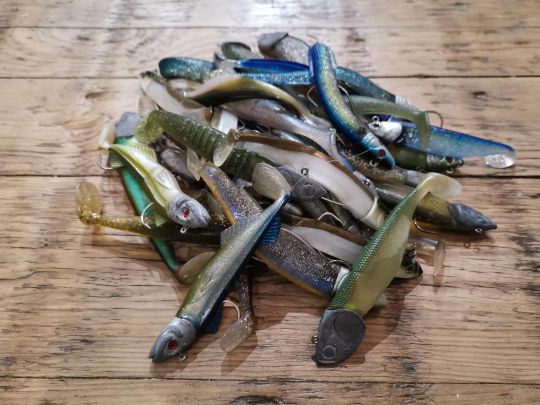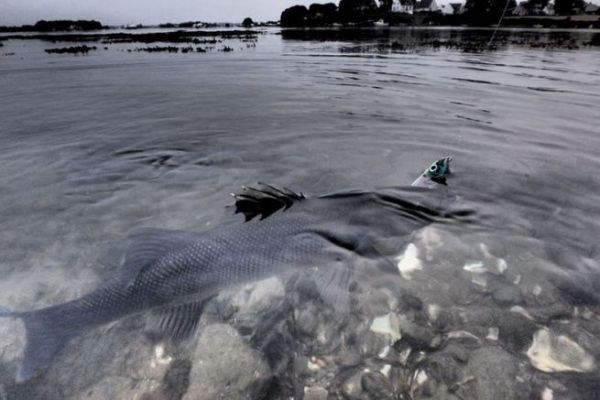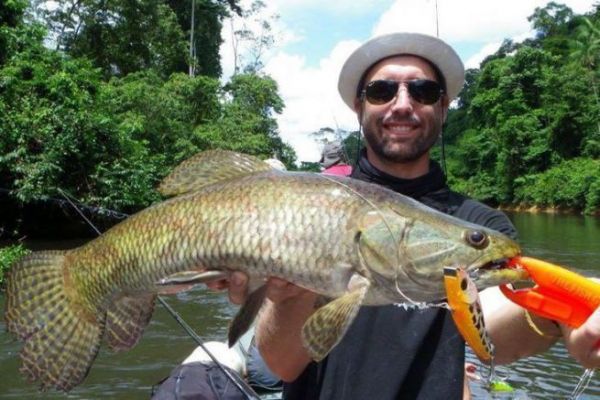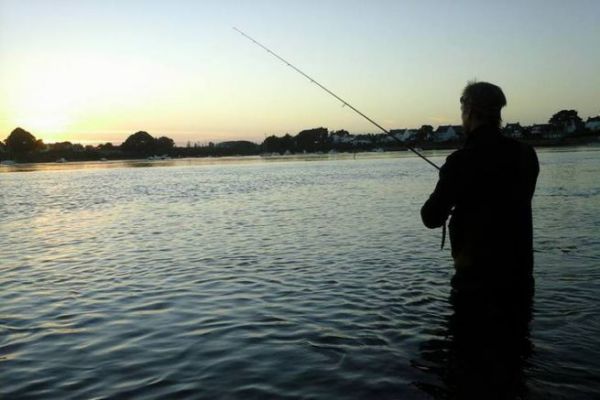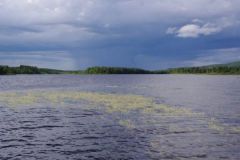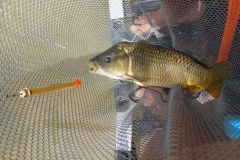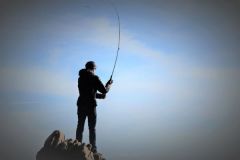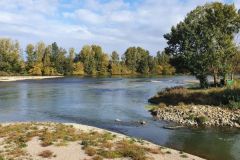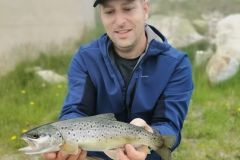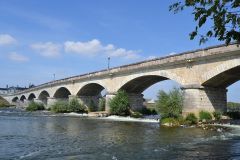The main reasons put forward by anglers to justify their failure to catch a fish are often the same: the weather, the fish weren't active, I didn't have the right lure or the right color, and so on.
These excuses all have one thing in common, and they all have a specific purpose, but we'll come back to that in a later topic. These causes, while sometimes true, are in reality a minority of the reasons for our failures, and reveal an angler's focus on the bad aspects of fishing.
Incidentally, excellent anglers rarely experience these failures and never give these reasons. Are they incredibly lucky, do they always have the right lure (even if their box is well-stocked) or do they focus their attention on other criteria and make different choices?
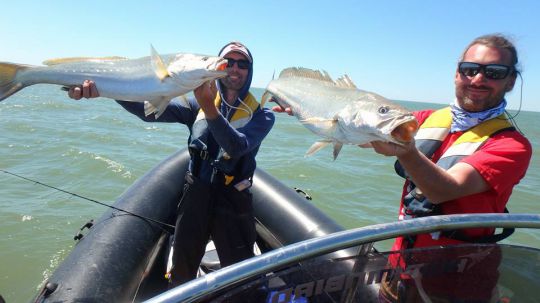
Priority No. 1: the spotlight
Once written and read, this seems to be self-evident, yet whether in fresh or salt water, some people scour the banks casting "anywhere" in the hope of catching the fish they want, regardless of the substrate, the relief, the food present, etc. Fortunately, chance sometimes works in the right direction...
The first thing to do is to focus on your target, your needs, to define where to find them before asking yourself the question of how and what to lure.

Priority No. 2: timing
Many anglers exploit the same spots (often few in number) throughout the year, whatever the conditions, because they've already caught fish there, without analyzing the reasons why.
A spot is productive at certain times of the year, depending on the season, the weather, the time of day, the presence of food, the tide or other factors (water inflow, flooding...).
The priority and the essence of fishing is to be in the right place at the right time, not, once again, the lure, the color, etc.
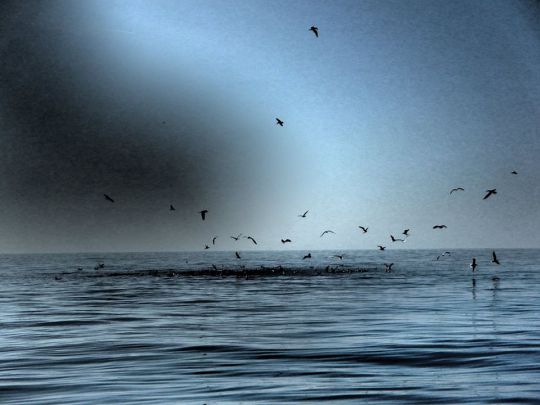
Priority No. 3: the pattern
The pattern is the fishing plan established by the angler. To ask the question of pattern is to ask the question where, when and how? Once you've figured out where and when to find the fish, you need to ask yourself what type of lures to use and how to animate them to catch them. I stress the type of lure, not the lure itself!
These choices are made according to the environment, the prey present, the need for natural presentation or the desire to provoke.
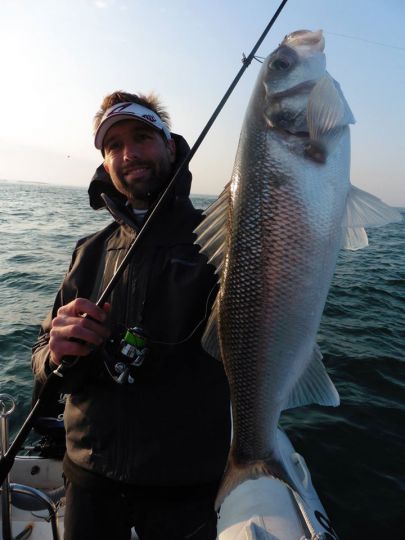
Priority No. 4: Presentation
Once the type of lure has been chosen according to the pattern to be exploited, it's time to focus on presentation:
- Water level
- Speed
- Weight
- Type of animation

Priority No. 5: decoys
Last but not least is the lure (color, model, etc.). This criterion will only be decisive in situations that are ultimately anecdotal (5 to 10% of your outings), because if you have thought through your outings by tackling the priorities in the right order you will at this stage be in the right place, at the right time with the right type of lure and the right presentation. The vast majority of the work will be done, and you'll realize that several models can do the job.
It's a good thing that the lure itself has become a secondary criterion, otherwise you'd have to go fishing with a trailer, whereas a well-designed box is more than enough.
